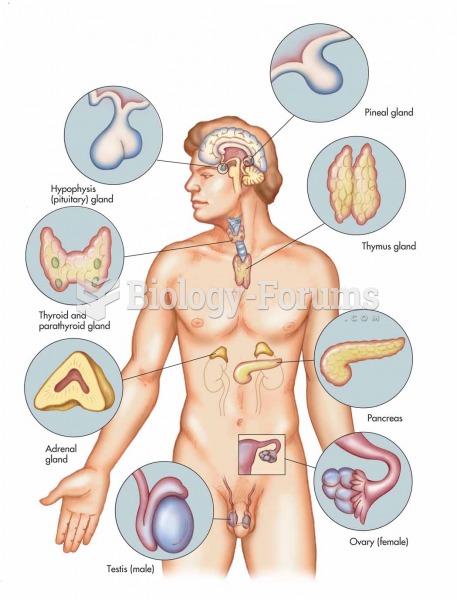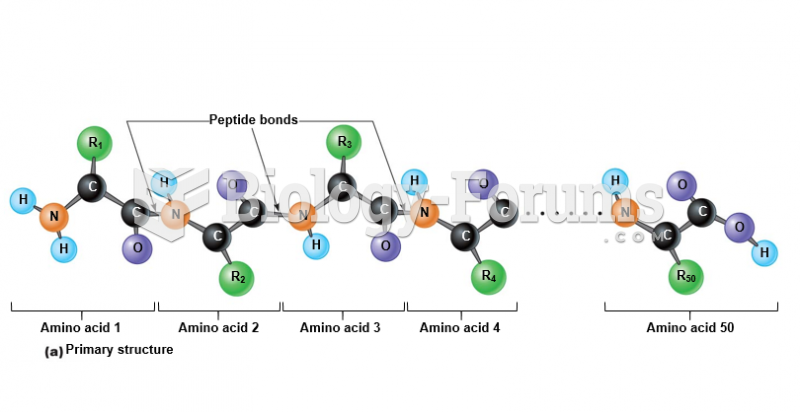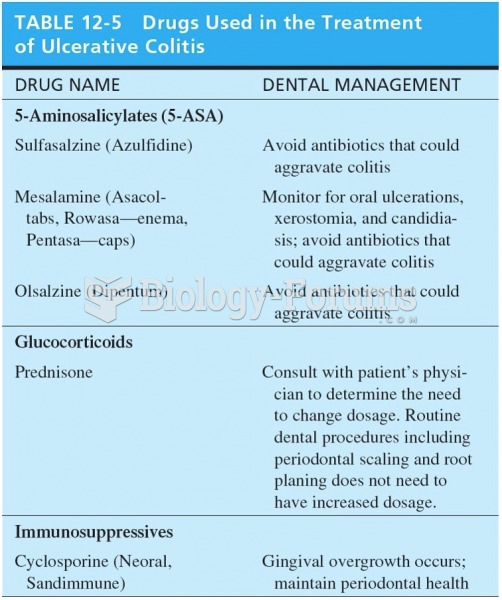Answer to Question 1
The primary medical interventions for treatment of Parkinson's disease are measures intended to correct the imbalance of dopamine by improving the supply of dopamine to the brain.
Primary medications include levodopa (precursor to dopamine), dopamine agonists, and MAO inhibitors.
Levodopa is used to compensate for diminished dopamine availability in Parkinson's disease.
Dopamine agonists bind to and activate dopamine receptors in the absence of dopamine.
MAO inhibitors act as neuroprotectors.
Other treatments:
Neuroprotective therapies are interventions that are designed with the goal of preventing or slowing the progression of disease. This is the newest area of treatment and is controversial; examples include vitamin E and selegiline.
Surgical procedures such as deep brain stimulation, pallidotomy, and thalamotomy: Deep brain stimulation involves the implantation of a battery device that provides electrical stimulation to the brain; pallidotomy destroys the globus pallidus internus to help control tremor symptoms; thalamotomy attempts to control tremor symptoms as well by destroying particular cells in the thalamus.
The ketogenic diet is thought to be neuroprotective by changing the primary source of fuel to the brain (normally glucose) to lipids.
Answer to Question 2
Inadequate bioactive substance intake of plant stanols/sterols and soluble fiber related to food and nutrition-related knowledge deficit as evidenced by lack of foods containing these
Food-medication interaction related to lopressor, lisinopril, and aspirin as evidenced by need to avoid licorice, take medications with food, and avoid excess sodium
Food and nutrition-related knowledge deficit as evidenced by patient's wife only associating dietary changes with use of corn oil and avoiding frying foods and inquiring about the use of supplements
Excessive mineral intake (sodium) related to food- and nutrition-related knowledge deficit as evidenced by consumption of high-sodium foods (tomato soup) and lack of previous nutrition therapy.







